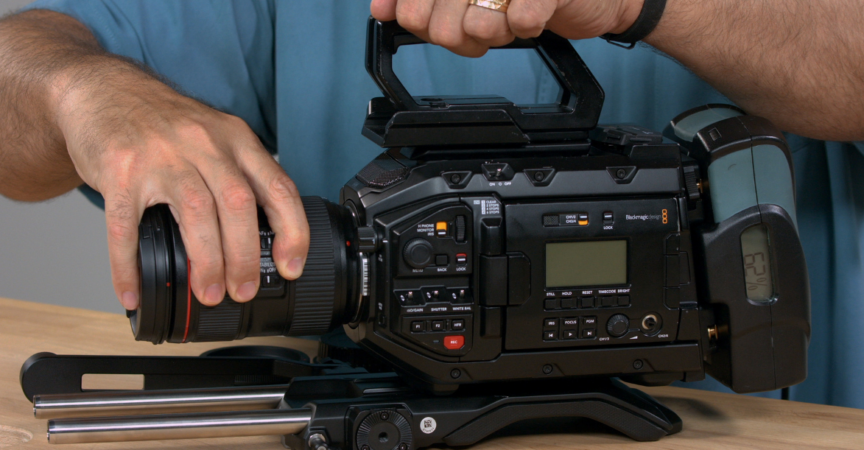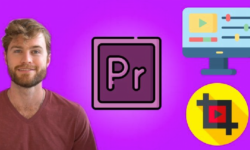Shooting with Blackmagic Cinema Cameras
Release date:2019, September 24
Author:Richard Harrington
Skill level:Intermediate
Language:English
Exercise files:Not Provided
The Blackmagic Cinema Cameras are some of the hottest cameras on the market. The ability to shoot both raw video and high-quality production codecs makes these cameras ready for the most demanding jobs. This course reviews the entire workflow for using the Blackmagic Pocket, Micro, and Studio Cinema Cameras—from preproduction to post. Learn how to choose the best Blackmagic camera for your shoot, power your camera and extend its battery life, and attach and swap lens. Plus, learn how to prep SD cards, CFAST cards, and SSDs to record; navigate the Blackmagic menu system; and choose the right settings for common production scenarios. Instructor Rich Harrington also shows how to capture high-quality audio, monitor recording, transfer footage off the camera, and keep your camera up to date.
Topics include:
Blackmagic camera overview
Attaching and using lenses
Preparing storage
Recording audio
Adjusting camera settings
Monitoring and recording
Transferring footage
Importing footage into video editing software
Keeping the camera up to date





 Channel
Channel





